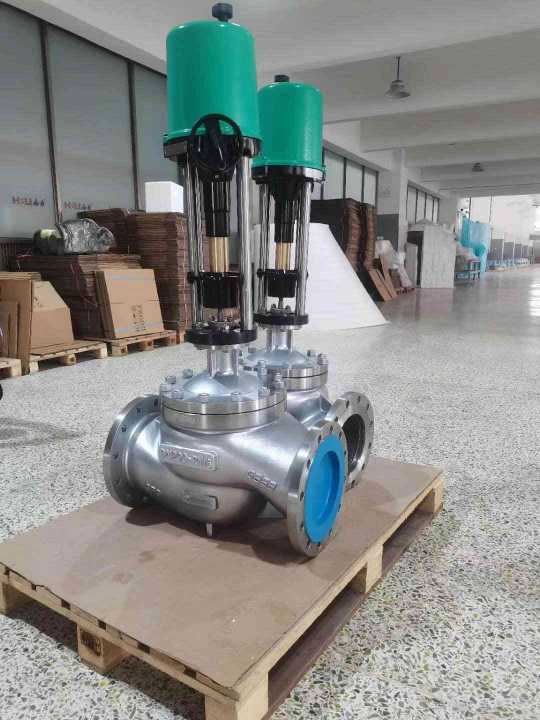The Electric Single Seat Regulating Valve is an essential component in modern fluid control systems. Designed to offer high precision in regulating flow rates, pressure, and temperature, this valve is widely used in industries ranging from HVAC systems to chemical processing. Its combination of electric actuation and a single-seat valve structure provides reliability, speed, and efficiency, making it a preferred choice for various automation processes.

What is an Electric Single Seat Regulating Valve? An Electric Single Seat Regulating Valve combines an electric actuator with a single-seat valve body. The primary function of this valve is to control the flow of fluids through a pipeline or system by varying the valve’s opening. The valve is actuated by an electric motor, which responds to control signals (such as 4-20mA or 0-10V) to adjust the valve’s position. The valve’s design includes a single seat and plug, which provides a tight shutoff when the valve is closed, preventing any leakage. The electric actuator enables precise, reliable, and fast control. Unlike pneumatic or hydraulic actuators, electric actuators are generally easier to maintain, offer a higher level of safety, and are more energy-efficient in some applications.